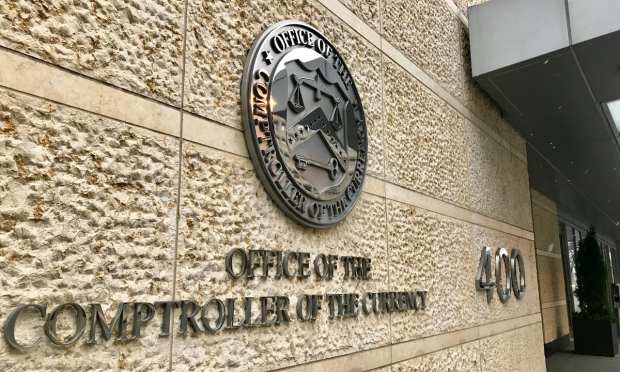US Currency Comptroller OKs INVNs, Stablecoins For Federal Banks

The U.S. Office of the Comptroller of Currency has stated that national banks and federal savings associations can participate in independent node verification networks (INVNs) and use stablecoins for payments.
In a statement on its website, the agency said that federally chartered banks and thrifts can validate, store and record payments by serving as a node on an INVN. Financial institutions can also use INVNs and stablecoins for permissible payment transactions.
“While governments in other countries have built real-time payments systems, the United States has relied on our innovation sector to deliver real-time payments technologies. Some of those technologies are built and managed by bank consortia and some are based on independent node verification networks such as blockchains,” Acting Comptroller Brian P. Brooks said in an agency statement.
“The President’s Working Group on Financial Markets recently articulated a strong framework for ushering in an era of stablecoin-based financial infrastructure, identifying important risks while allowing those risks to be managed in a technology-agnostic way. Our letter removes any legal uncertainty about the authority of banks to connect to blockchains as validator nodes and thereby transact stablecoin payments on behalf of customers who are increasingly demanding the speed, efficiency, interoperability, and low cost associated with these products,” Brooks added.
The agency said that using INVNs can improve the efficiency and stability of payments and offer the same real-time payment benefits as seen in other countries. It added INVNs can be more resilient than other payment networks because of their decentralized nature. INVNs can also help limit database tampering or the insertion of inaccurate information.
In order to thwart money laundering or terrorist financing activities, banks using the new technologies should expand and adapt their compliance programs to ensure they are in keeping with the Bank Secrecy Act. Banks should also make sure their compliance programs address the risks associated with cryptocurrency transactions, the agency said.
In early December, new legislation was been introduced on Capitol Hill that would mean companies that want to issue stablecoins would have to get bank charters and regulatory approval in place before issuing the digital currencies.
The bill text mandates that it will be unlawful “to provide any stablecoin-related service, or otherwise engage in any stablecoin-related commercial activity, including activity involving stablecoins issued by other persons,” without the appropriate approval from the government.
The legislation would also cover stablecoins that are “denominated in United States dollars or pegged to the United States dollar or denominated in or pegged to another national or state currency.”
Meanwhile, blockchain is taking root as the underlying infrastructure of digital currency issuance, and a broad swath of central banks are examining issuing digital fiat.
The Federal Reserve has said its Boston bank is working with the Massachusetts Institute of Technology (MIT) to explore the possibility of issuing digital currency.
Jim Cunha, senior vice president, secure payments and fintech at the Federal Reserve Bank of Boston, told Karen Webster last August that “this is about experimenting for the purposes of educating ourselves and making sure that we really understand what the fundamental technology can do. It’s not about going to production.”
But he added that eventual use cases could include stimulus payments and all manner of other transactions.
“Anywhere where you have a cash transaction can be a possible use case,” Cunha added.
